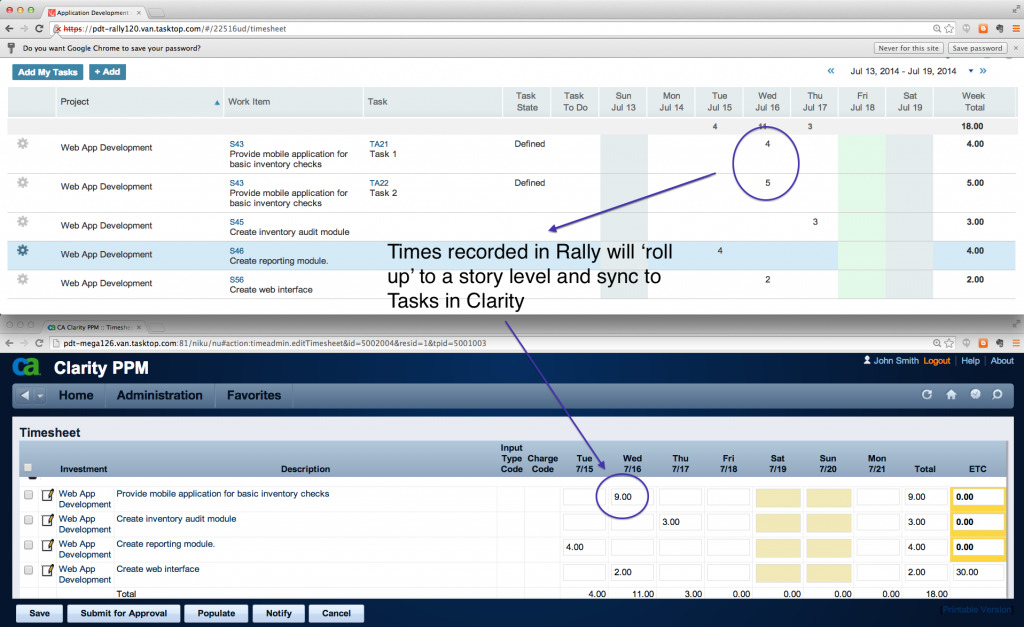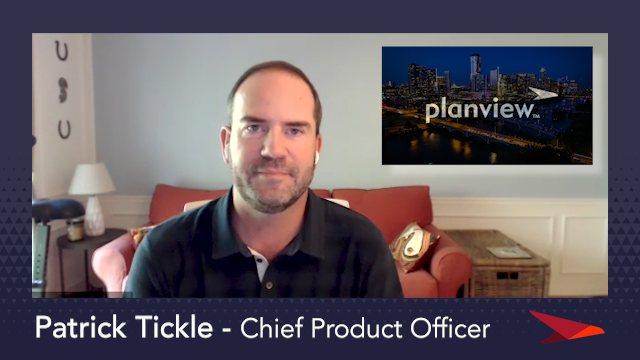
Nothing catches the technologist’s eye like an elegantly designed gadget, with software and hardware flowing together in design harmony. The trouble is that traditionally, the way we build software and the way we build physical things have had very separate lifecycles. The V-Model of systems engineering provides the predictability needed to assemble little things into bigger things along a broad chain of bills of materials and suppliers. Contrast that with Agile development and Continuous Delivery, where constantly shipping the entire system. For the few companies that have managed to wire together their own internal processes for making hardware and software work together, the results have been spectacular.
For the past couple of years, customers have been asking us to extend the integration that we’re known for to their hardware systems and teams. With today’s announcement of Tasktop 3.6, we’re thrilled to announce our first step in this with Sync support for the most established product requirements management tool, IBM DOORS, and one of the newest and most innovative, Jama.
Over the past two years, Tasktop Sync has transformed from ALM integration technology to an end-to-end DevOps integration bus. We’ve watched in amazement as some of our largest manufacturing customers created DevOps environments for hardware. Service virtualization is replaced by hardware simulation, continuous integration spans to hardware testing, and new software can be deployed to things that we drive. While some Tesla aficionados were annoyed when their cars were no longer as low to the road as they might like, the ability for Tesla to push out such updates has signaled the sign of things to come. DevOps is being extended to physical product delivery, and the lifecycle of hardware and software will become increasingly connected. For this to happen, we need to create a new software-centric backbone for the product lifecycle. One which supports the Product Lifecycle Management (PLM) backbone while supporting the continuous delivery of software and firmware.
The first infrastructure software for that backbone is the new release of Tasktop Sync. It will now be possible for organizations to have a single view of requirements in DOORS and Jama, synchronized in real-time across all the leading Agile development tools that we already support. This is the magic of Tasktop Sync and our integration factory.
Once Tasktop’s integration bus is extended to understand a new concept or set of artifacts, such as a hardware requirement, and a connector that has full API-based read and write access to a repository is created, and our integration factory is updated to continually test that integration against all others we support, we enable the seamless flow of information across yet another tool boundary. But the Holy Grail for systems is not just the benefits of collaboration; it’s end-to-end traceability between requirements, defects, and the hardware and software that implements them (to the delight of users). And, the only way to automate this traceability is to integrate the stakeholder tools. That’s exactly what we’re doing, all thanks to the new Artifact Relationship Management support that we release with Tasktop 3.6. Because the cost of not having traceability might be front page news in the form of car recalls and airplane delivery delays.
Tasktop 3.6 also includes a set of incremental improvements to help you get the most out of Sync. Most notable: the Sync bus has been extended to support Test Case synchronization. If you’re a ServiceNow user, you’ll be happy to know we now support Sync to all task artifacts, which dramatically extends the number of ServiceNow tables that you can connect to your software delivery and DevOps activities. In addition, we’re releasing time tracking synchronization for Rally, and updates to integration Microsoft VS Online, HP ALM 12, IBM RTC an RRC 5.0, Rally OnPrem, VersionOne 14 and Bugzilla 4.4.4.
As always, we look forward to seeing you deploy this new functionality for use cases that we have not yet imagined. When we first created Sync, we didn’t realize that it would soon be getting deployed for connecting the software supply chain of one of the world’s leading car manufacturers. We can’t wait to see how you deploy this new functionality in your systems engineering and Internet of Things (IoT) efforts, and to hear your thoughts about the other systems engineering and Product Line Management (PLM) tools that you want us to support in upcoming releases. So please stay in touch!






